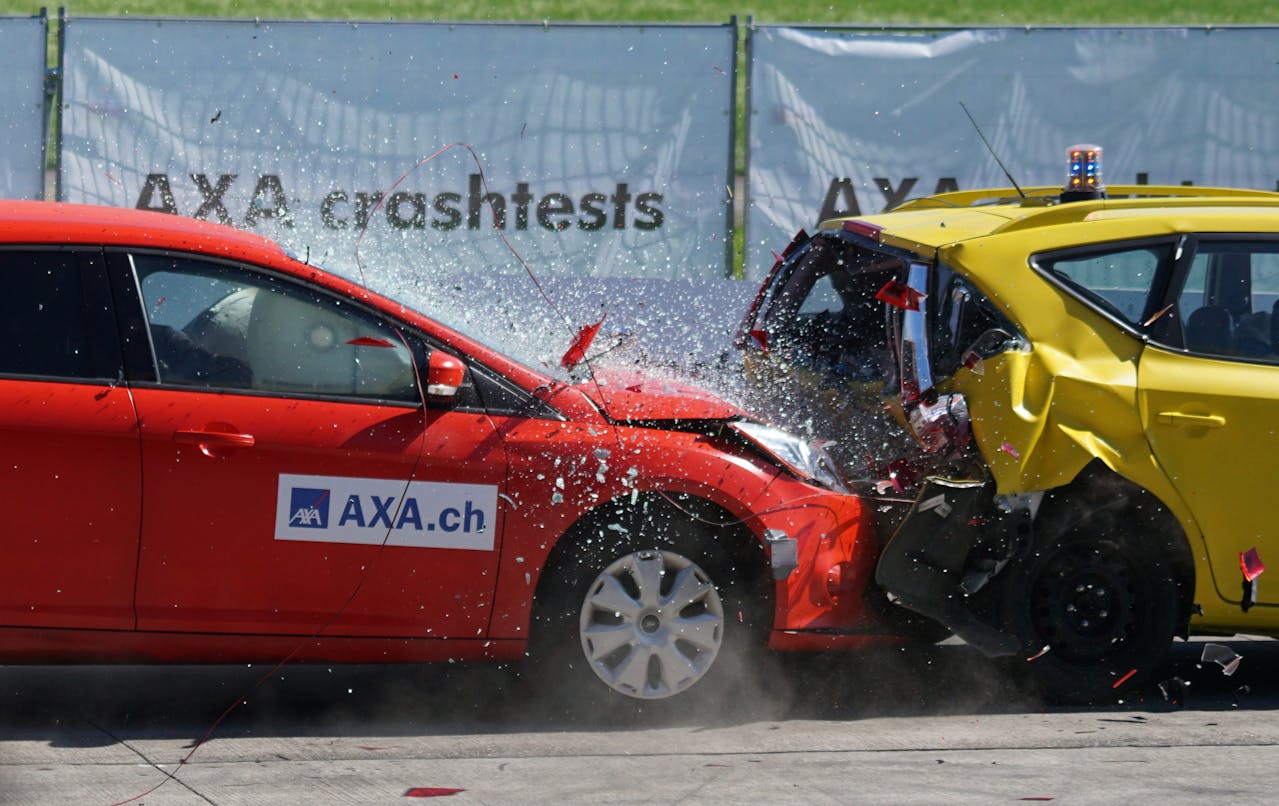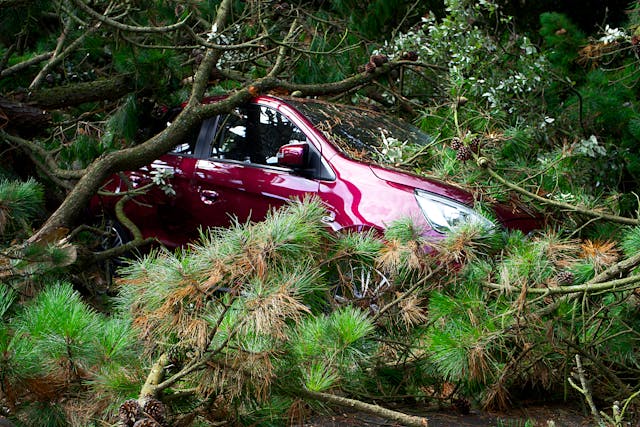Understanding Liability: Who’s at Fault in a Car Accident?

Car accidents are a common reality of modern life. With so many vehicles on the road, collisions can happen in the blink of an eye. But when they do occur, understanding liability becomes crucial. Who is responsible for the damages? What factors come into play when determining fault? Navigating these questions can be overwhelming, especially during such a stressful time. That’s where a Houston Auto Accident Injury Lawyer can provide invaluable support, helping you understand your legal options and fight for fair compensation. Liability isn’t just about who caused the accident. It’s also about navigating insurance claims and legal responsibilities. Whether you’re involved in a minor fender bender or a serious collision, knowing your rights and obligations is essential. Let’s dive into what liability means in car accidents and how you can protect yourself on the road ahead.
What Is Liability in a Car Accident?
 Liability in a car accident refers to the legal responsibility one party has for causing damage or injury. It determines who is at fault and accountable for compensation. When an accident occurs, various factors come into play. This includes driver actions, vehicle conditions, and local traffic laws. Establishing liability helps determine who will pay for repairs and medical expenses.
Liability in a car accident refers to the legal responsibility one party has for causing damage or injury. It determines who is at fault and accountable for compensation. When an accident occurs, various factors come into play. This includes driver actions, vehicle conditions, and local traffic laws. Establishing liability helps determine who will pay for repairs and medical expenses.
In many cases, drivers are held liable if they exhibit negligence such as speeding or distracted driving. However, there can be shared liability scenarios where multiple parties are found at fault.
Types of Liability
Liability in car accidents can be categorized into various types, each with its own implications. Negligence is perhaps the most common type. It occurs when a driver fails to exercise reasonable care, leading to an accident. This includes distracted driving, speeding, or failing to obey traffic signals. Strict liability comes into play in cases where fault isn’t as clear-cut. In these instances, a party may be held liable regardless of negligence if their actions led directly to harm. Vicarious liability involves situations where employers are responsible for the actions of their employees while they’re on duty. This could mean that a delivery company might bear responsibility if one of its drivers causes an accident.
Factors That Determine Fault
Determining fault in a car accident involves several key factors. The first is the traffic laws in your area. Violating these laws often points to liability. Another critical element is witness statements. Eyewitness accounts can clarify what happened and who was responsible. Their perspectives may provide insights that are crucial for assessing blame. Physical evidence also plays a significant role. This includes damage to vehicles, skid marks on the road, or any relevant debris at the scene. These details help reconstruct events and highlight negligence. Driver behavior matters as well. Distracted driving, speeding, or driving under the influence can all establish responsibility for an accident.
How to Prove Fault in a Car Accident
Proving fault in a car accident can be challenging. However, gathering evidence is crucial. Start by taking photos of the scene, including vehicle positions and any visible damage. Collect witness statements if possible. Eyewitness accounts can provide clarity about what happened. Be sure to note their contact information for follow-up. Get a copy of the police report as it often contains valuable details regarding the incident and initial assessments of fault. Documentation from medical professionals can also play a role. If injuries were sustained, medical records help establish the impact of the accident on your life.
Steps to Take After a Car Accident
After a car accident, your immediate focus should be on safety. First, check if anyone is injured. If needed, call for medical help right away. Next, move to a safe location if the vehicles are causing a hazard. Turn on hazard lights and ensure that you’re out of harm’s way. Exchange information with the other driver(s). This includes names, addresses, phone numbers, insurance details, and license plate numbers. Document the scene thoroughly. Take pictures of all vehicles involved and any visible damage or skid marks on the road.

Importance of Having Car Insurance for Liability Coverage
Having liability coverage means you’re protected against the financial fallout from accidents where you’re at fault. Without adequate insurance, even minor collisions can lead to overwhelming expenses. Medical bills and property damage costs can pile up quickly, putting your finances in jeopardy. Moreover, liability coverage boosts your peace of mind while driving. It allows you to focus on the road rather than worrying about potential accidents or legal repercussions.
In Conclusion
Understanding liability in car accidents is crucial for drivers. It affects insurance claims, and legal proceedings, and can even impact your driving record. Knowing who is at fault helps you navigate the aftermath of an accident more smoothly. Liability comes in various forms. In some cases, it may be clear-cut while in others it might require deeper investigation to establish responsibility. Factors such as traffic laws, conditions of the road, and driver behavior all play a role in determining fault. To prove fault after an accident involves gathering evidence like photos of the scene, witness statements, and police reports. This information is vital when filing claims or if disputes arise between involved parties.